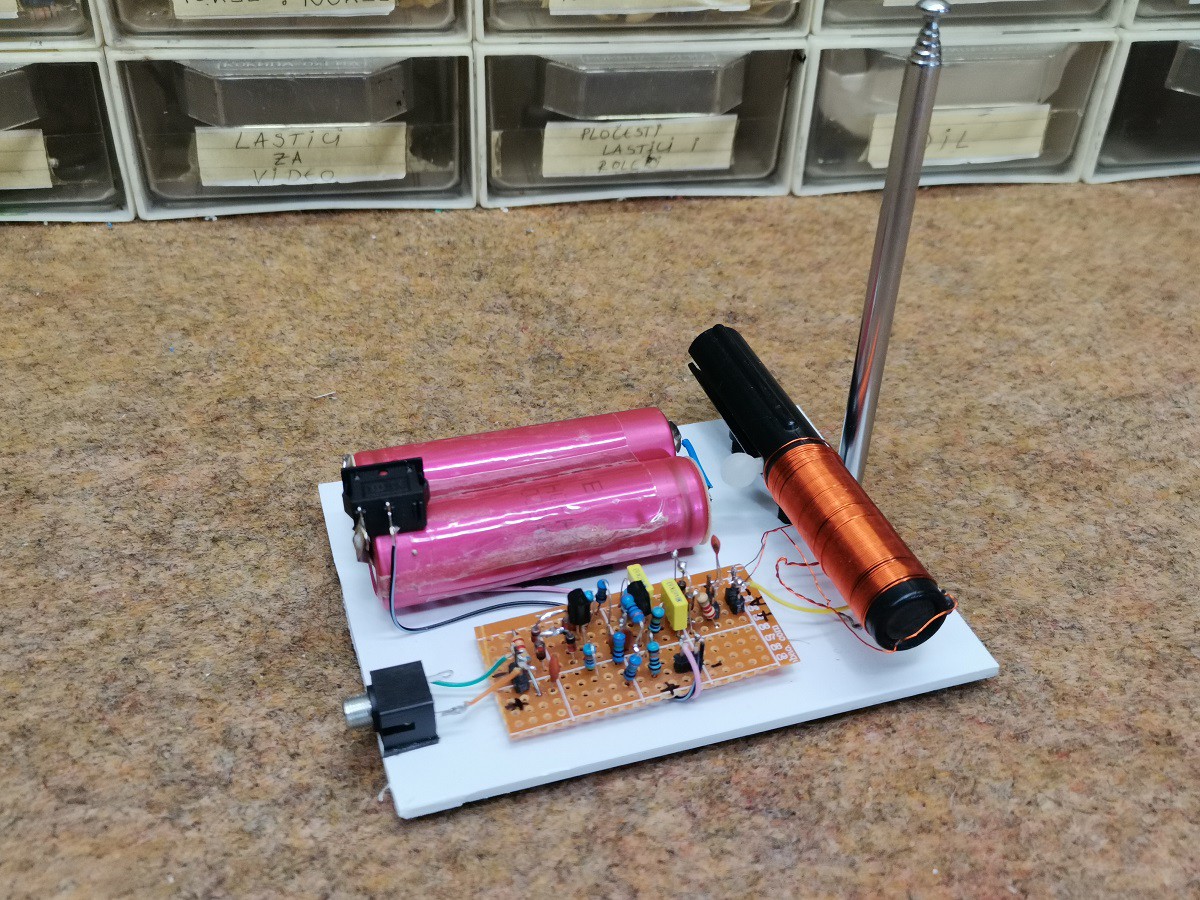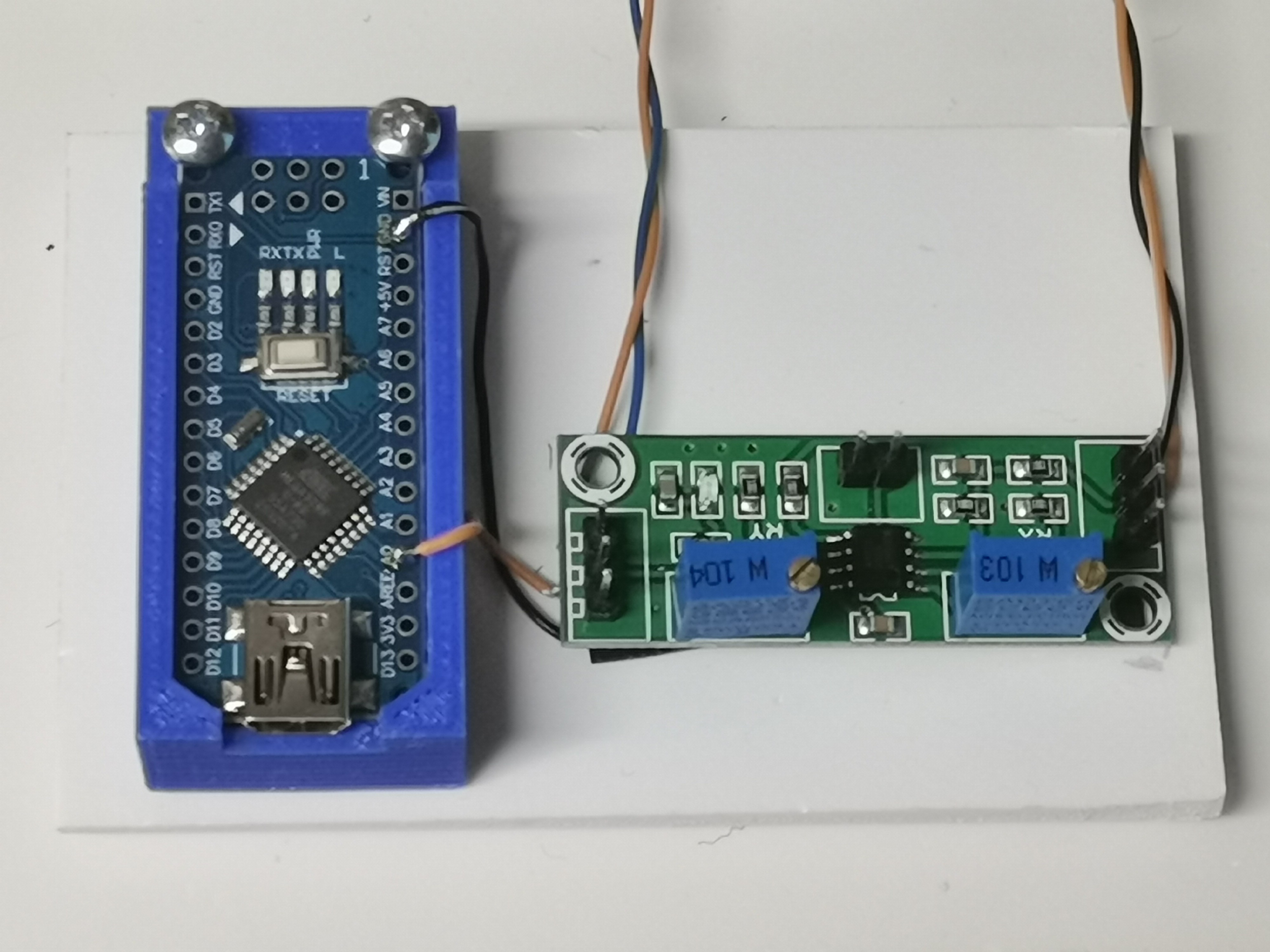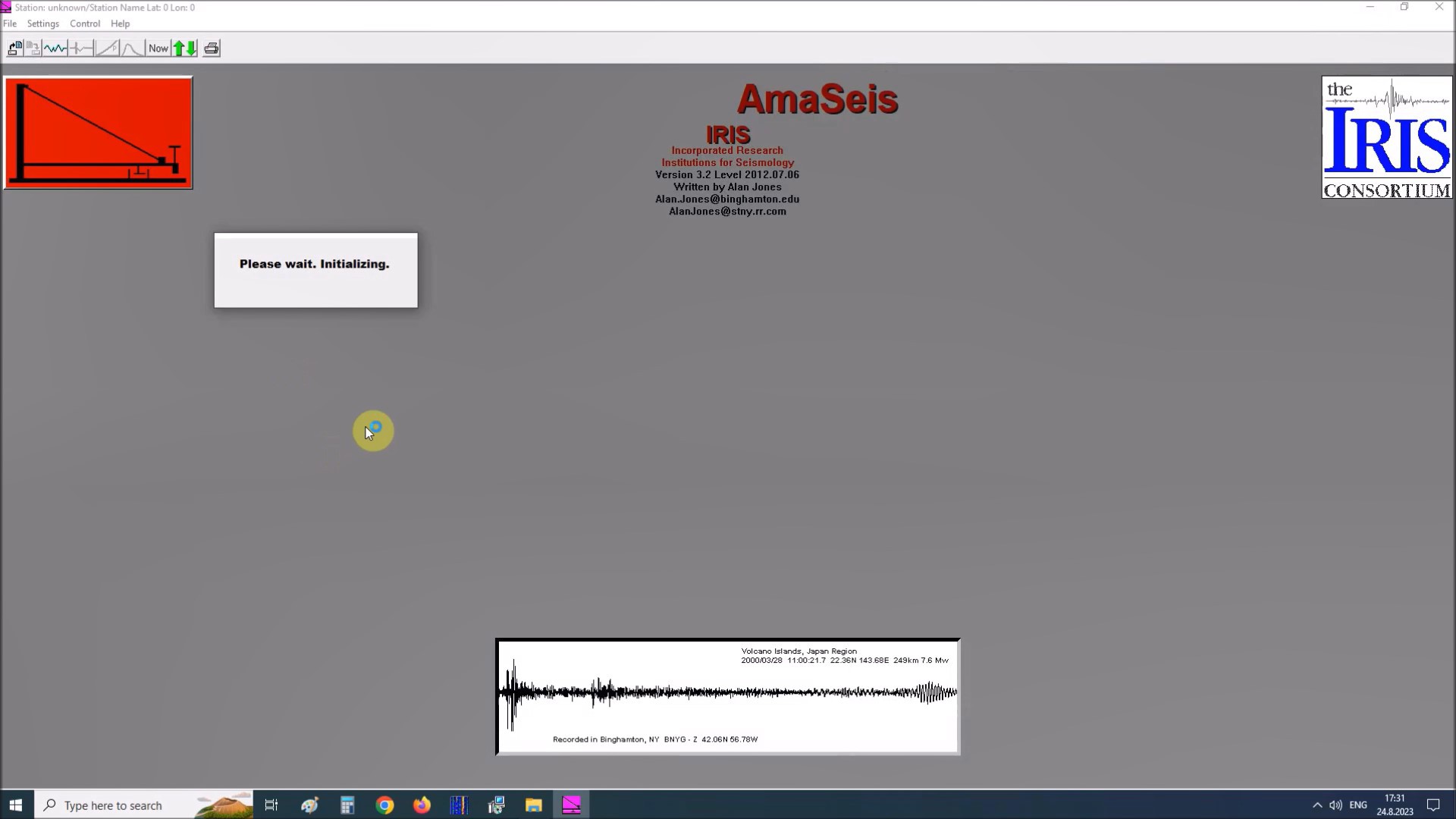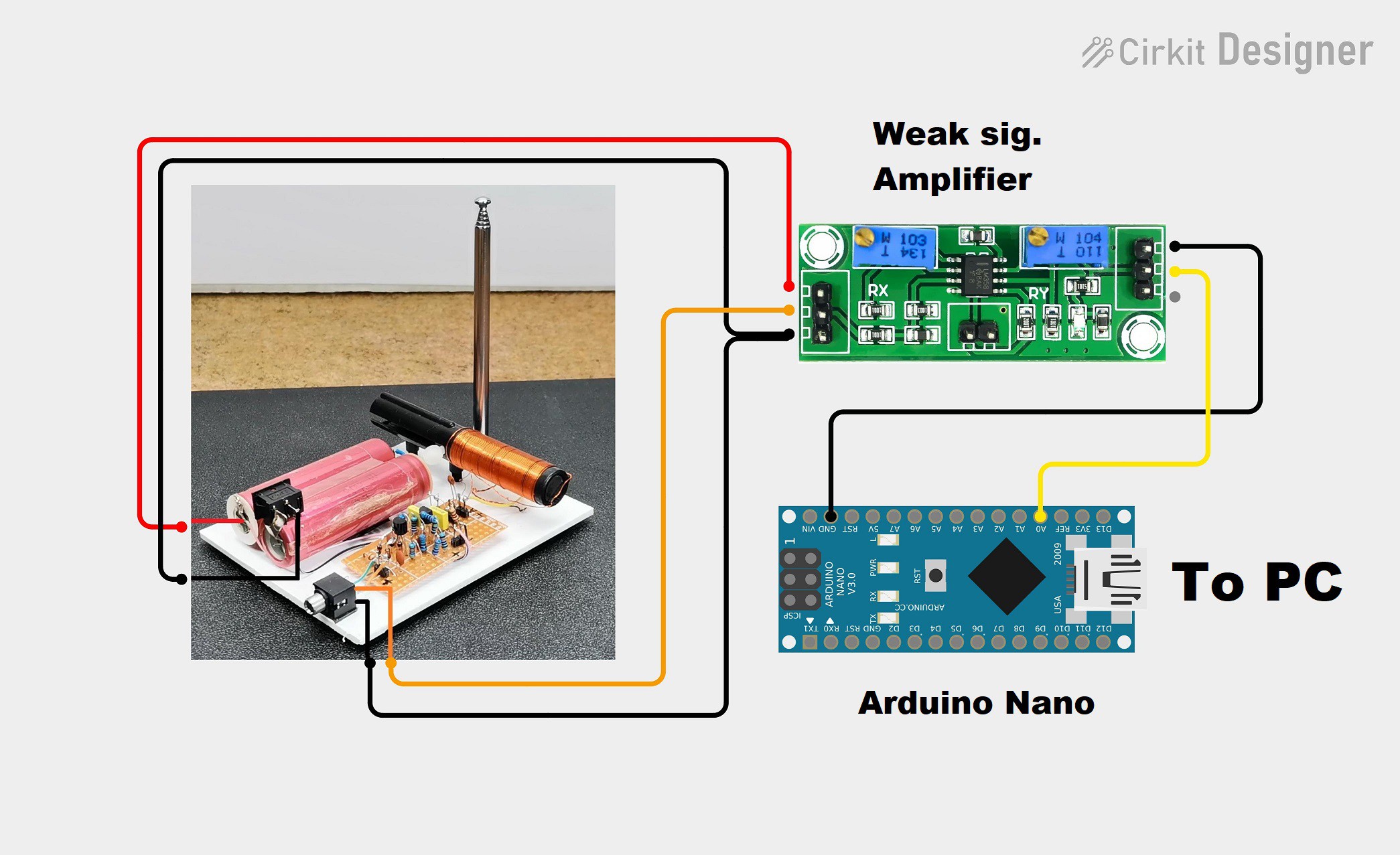A lightning detector is a device or system designed to detect the presence of lightning discharges in the atmosphere. It's used to monitor and provide warnings about thunderstorms and lightning activity in a specific area. Lightning detectors work by detecting the electromagnetic radiation (radio waves) produced by lightning strikes.
Recently, in one of my videos , I described the creation of a simple lightning detector that uses a sound card from a PC, to record the events of the last ten minutes.
This time I will use the same device, but now I will add some components so that the atmosphere can be monitored 24 hours a day.
Now, let's describe the hardware part of the device:
The first board is actually the detector, and its construction and properties are described in the previous video, so we won't dwell on it now.

The other board consists of a weak signal amplifier module that has a gain of up to 10000 times and costs less than a dollar.

Of course, instead of this module we can make our own signal amplifier with operational amplifier IC. The other part is the Arduino Nano Microcontroller, which in this case has the function of an analog to digital converter, adjusting the signal to be compatible with the PC software. For this purpose, "nerdaqII" code is uploaded to Arduino. NERdaq is a data acquisition system developed at New England Research to support slinky-based seismometers in schools.

The daq is built around an arduino and streams 16-bit (oversampled) values to a usb port; the data are sampled at about 18.78 samples/second. Arduino code is provided for unrestricted use. To record the data, we used an application on PC called AmaSeis, from IRIS, the Incorporated Research Institutions for Seismology. These are free but relatively old apps and hard to find online, so you can download them directly from the links provided below.

This combination of Arduino with nerdaqII code, and Amaseis software is a great tool for 24/7 monitoring of almost any analog signal. In the following, briefly about the installation of the Arduino and the functions of the Amaseis application.
Installing the code on the arduino follows a standard procedure. In arduino IDE, in tools we select Arduino Nano and a corresponding com port. Then we go to open and locate the folder with the nerd software and select the nerd file. Now we press the upload button and when it's done, the part with the Arduino is done
Now we need to install the Amaseis software. We start it and go to settings - this station - and enter the name and latitude and longitude of the place
- Next, in the settings - COM port - we enter the COM port to which the Arduino is connected, in our case it is COM8
- Then, in setings - device - we select SETUPK1, then in SET Zero Level we enter 32768
- We need to set the filters, duration of one line of the graph and gain
- For this purpose, we go to settings and helicorder - horizontal time limit represents the duration of one line of the graph. if we leave 1 hour then the whole graph contains data for the last 24 hours.
- We adjust the gain value according to the amplitude of the signal, in my case 300
- Next we set the lowpass and highpass filter, and that's it for now, we restart the software and the logging starts
- During the operation of the software we can constantly change these settings. We can also zoom in and analyze a specific time period from the graph.
- In addition to the basic ones, there are many more useful functions that you can find by analyzing the menu.
- The data from the previous period are located in folders, and in one year the size of the files does not exceed one gigabyte.
And now let's see how the system works in real storm conditions:

First I will test the device with electric lighter to simulate the lightning strike. As we see on video, the close the lighter is, the greather the amplitude of detected signal on the graph.
As usual, the storm appeared during the period when I was testing the device for the first time and I wasn't quite ready to record, so I apologize for the poor quality of the recordings.

And finally, a short conclusion.
This is a really simple but very functional system, the total cost of which does not exceed a few dollars, but it is therefore a powerful tool for predicting and observing storms, and it has a very significant practical application, especially in this particular period of global warming. We can use this way of logging data in the future for other types of analog signals, especially if they appear impulsively with a very low frequency in a certain period.

 mircemk
mircemk